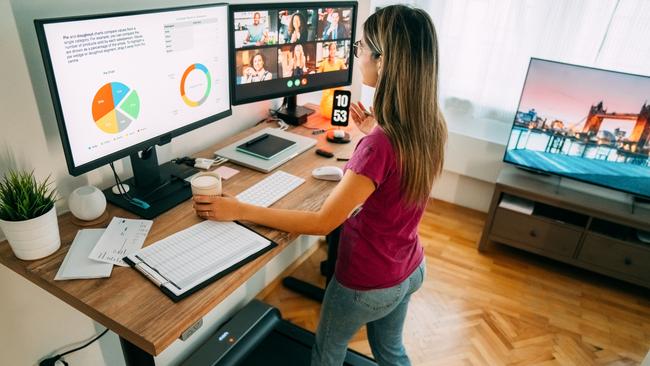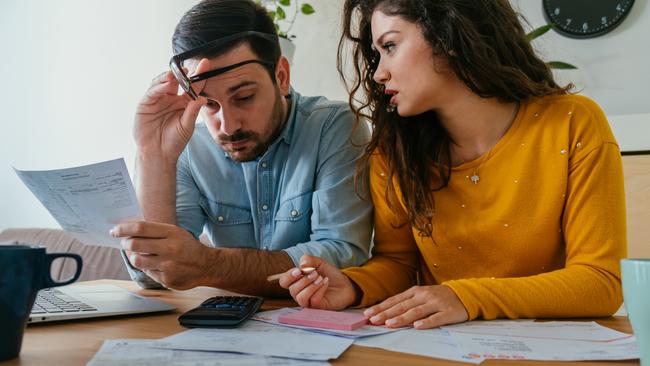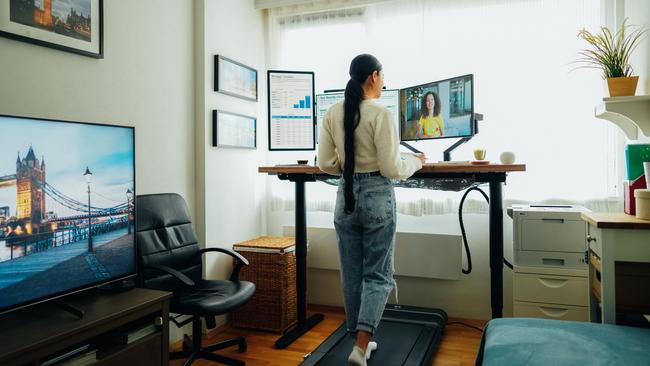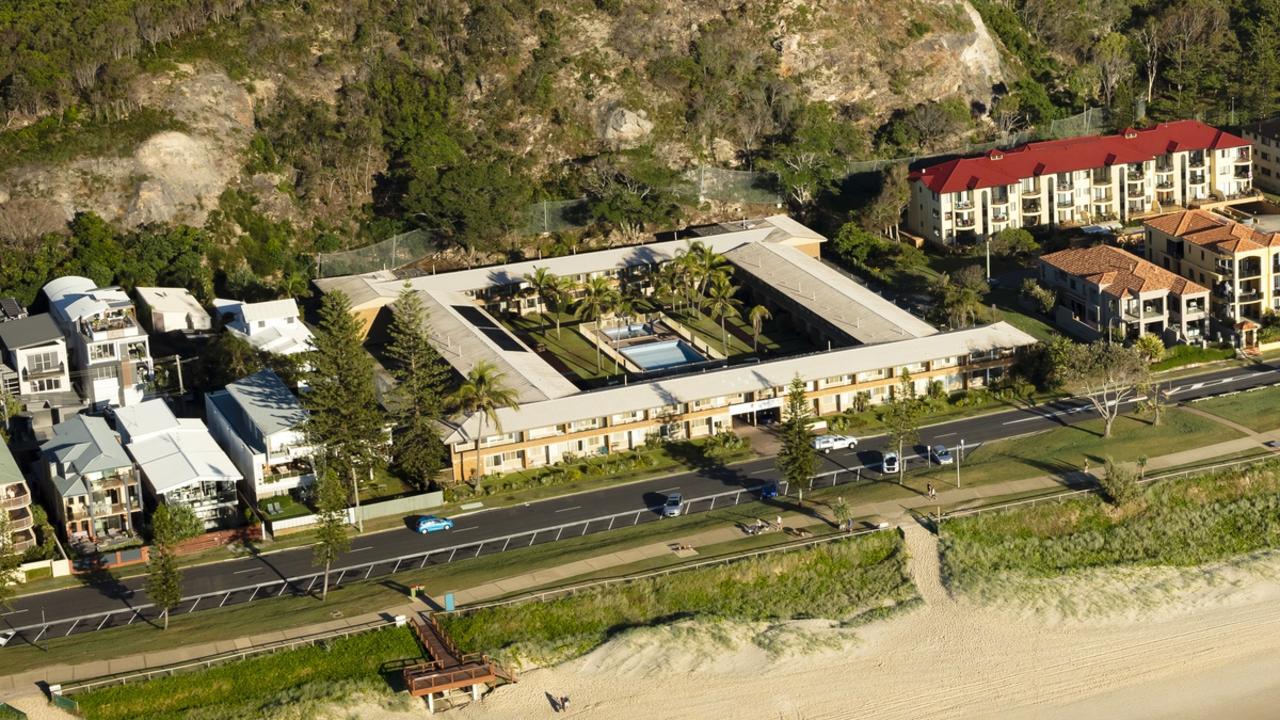How to get the most out of WFH at tax time
Working from home has changed the way we do business and it’s also changed what we can get back at tax time. This is what you need to know to maximise your return.

Property
Don't miss out on the headlines from Property. Followed categories will be added to My News.
With the end of the financial year fast approaching, it’s time to review the household expenses that can be claimed as tax deductions so that you can get the most money out of your house at tax time.
WORK FROM HOME TAX DEDUCTIONS
With many of us now working at least a couple of days a week from home, demand for taxation advice has remained strong, said H&R Block tax expert and director of Tax Communications Mark Chapman.
For PAYG employees, there are two ways to claim working from home (WFH) expenses this year.

“You can either claim the fixed rate method, which is 67 cents per hour you work from home, or alternatively, you can claim the actual cost method, which requires you to work out a percentage of the actual costs that you spend,” he said.
These include the work-related portion of any energy expenses, phone and internet usage, stationery and computer consumables and the declining value of assets used while working from home, such as office furniture and equipment. The cost of repairs and maintenance for these assets can also be claimed, as can cleaning costs.
In contrast, the fixed rate method only includes running costs but depreciating assets can be claimed separately.
Whichever method you use, you will need to keep detailed records of the hours worked from home and the expenses incurred.

TAX ADVICE FOR HOME-BASED BUSINESS OWNERS
If you are running a business from home, you may also be able to claim occupancy costs depending on the nature of your work, said Mr Chapman.
“That can include a proportion of the mortgage interest, or a proportion of the rent if you are renting the property,” he said. It can also include a proportion of the council rates and insurance costs.
“You do need to work out the proportion of the house that you’re using for the business,” he said. “You can multiply that proportion by the actual costs that you’ve incurred.”
This can be done by figuring out the square metres of the business space as a percentage of the overall house and claiming that percentage of the occupancy costs.

“If you have a home based business and you’re going to claim some occupancy costs, there does need to be a specific area of your home set aside for running your business,” he said. “You can’t also use that space for private or domestic purposes.”
An important thing to keep in mind is that you will have to pay capital gains tax (CGT) on the business portion of your home when you sell the property.
Also, not all businesses can claim occupancy costs. The ATO website states that you may not be able to claim occupancy costs as a tax deduction if the Personal Service Income (PSI) rules apply.
In any case, it’s important to check with a registered tax agent or visit ato.gov.au for the latest rules before claiming any household expenses as tax deductions.

WFH PROPERTY FEATURES FOR TAX PURPOSES
Ray White head of performance and recognition Bianca Denham said there is still plenty of demand for separate work-from-home spaces among homebuyers.
“For some families they are even looking for two offices, or two separate WFH spaces,” she said. While some people are happy to convert spare bedrooms, others, like hair and beauty professionals, are looking for separate spaces.
“Garages that can be converted and allow for entrances avoiding the main living areas are preferred,” she said.
McGrath Surry Hills general manager Simon Dahdah said having a WFH space often brings more buyers to the table.

“It’s hard to quantify the value unless it’s an internal square metreage, however, having these added areas can certainly add two to three additional buyers to an auction campaign,” he said. “The added competition could result in every bid going up in $10,000 to $20,000 increments, which can make a big impact on the end sale price.”
He said many buyers are looking for versatility, such as garages with granny flats on top and large living spaces where partition walls can be added in.
Ms Denham said property owners are thinking outside the square.
“We see clever designs, with built in study areas hidden behind cabinets in living areas that can be shut away at the end of the work day to transform the space back into a living area,” she said.

TOP WFH TRICKS
Ray White’s head of performance and recognition Bianca Denham says sellers can take advantage of the demand for work from home spaces using these three tricks of the trade.
Use clever advertising copy – instead of listing a four bedroom home, try listing a three bedroom home plus study or mention the flexibility of the layout
Add an office – do this by using a partition wall in a very large living area to incorporate a study or turning a second living space into an office
Set up the garage – you could line a garage and fit it with electricity, heating and cooling to make it suitable as an office space
More Coverage
Originally published as How to get the most out of WFH at tax time




